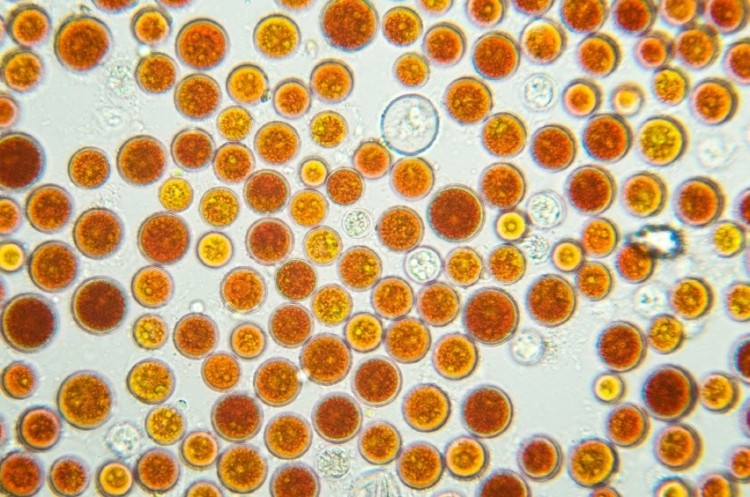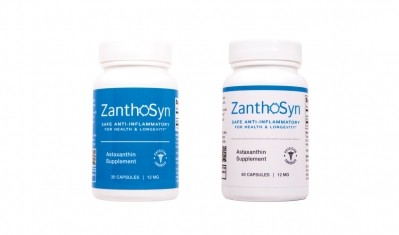Astaxanthin may protect skin from within: Study

Astaxanthin may reduce water loss from the skin and the formation of wrinkles, according to data from experiments with hairless mice published in PLoS One.
“To our knowledge, this is one of the first in vivo studies evaluating the protective effect of dietary astaxanthin against skin photoaging induced by UVA radiation,” wrote researchers from Kyoto University.
“In this study, we found that dietary supplementation with astaxanthin effectively prevented features of photoaging, such as the increase of TEWL [transepidermal water loss] and wrinkle formation, in the dorsal skin of mice exposed to UVA irradiation.”
Red hot!
Astaxanthin already had a dedicated following among the long-distance runner and triathlete communities, based on the cardiovascular and joint health benefits of the ingredient, long before the ingredient exploded onto the national conscience in 2011.
Dr Joseph Mercola described the potent red antioxidant on the Dr Oz show as the “number one supplement you’ve never heard of that you should be taking”. Sales of products containing the carotenoid subsequently “skyrocketed”, and interest has remained high, as can be seen from the Google Trends data below.
Natural astaxanthin is obtained from Haematococcus pluvialis microalgae, which can be grown in a variety of ways, either in open ponds or closed bioreactors.

Study details
Hairless mice were divided into four groups: One group was fed a normal diet and was not exposed to any UVA (normal group), one group ate the normal diet and was exposed to UVA (control group), and two groups ate the normal diet supplemented with 0.01% or 0.1% astaxanthin and were exposed to UVA (low and high dose astaxanthin groups).
“Based on the body weight, the calculated astaxanthin intake in the condition of this study was 20–200 mg per day for human. However, it seems that lower dose is enough to be effective for human, because the absorption of carotenoids in mice is generally smaller than in human,” explained the researchers.
Results showed that UVA exposure significantly increased TEWL and wrinkle formation in the control animals, but astaxanthin significantly suppressed these effects.
Additional analysis showed that astaxanthin reached both the dermis and the epidermis of the animals.
“[O]ur study indicates the protective effects of dietary astaxanthin against features of photoaging induced by UVA radiation, such as impaired barrier function and wrinkling in the skin,” wrote the researchers.
“Our results underscore the potential for astaxanthin to be further developed as a nutraceutical against photoaging.”
Source: PLoS One
2017, Volume 12, Number 2:e0171178. doi: 10.1371/journal.pone.0171178
“Preventive effect of dietary astaxanthin on UVA-induced skin photoaging in hairless mice”
Authors: T. Komatsu et al.
















